One of the primary goals of the DLC is to preserve natural resources: the forests that give off oxygen and store the carbon we produce, the farmland where our food is grown, the open land that offers us opportunities for outdoor recreation, the waterways and wetlands that carry and filter our drinking water, and scenic views that inspire our lives. We work with landowners to conserve large, interconnected, unfragmented landscapes that protect biodiversity, viable ecosystems and wildlife populations, and facilitate their movement and adaptation in the face of climate change. When landowners make the connection between their property and the adjoining larger landscape, and combine this with their preservation goals, the result is a well-thought-out plan for the land that benefits the landowner, the community and the rural and natural environment.
We’re so proud to share stories of people who prioritize this connection and protected their land and its resources for the benefit of us all.
A Partnership to Acquire Land for the Public
A site of impressive ecological, geological, and historical importance, the Dover Stone Church is a well-known landmark in Dutchess County and surrounding areas. When the DLC and the Town of Dover were notified that the property, consisting of 58 acres within walking distance of the Village of Dover Plains, was going to be sold, the DLC and the Town began laying plans to protect it. With unique natural, cultural, and historic resources that could benefit many, this was an opportunity to preseve land for public use.
Read More
Conserving the viewshed from Innisfree Garden.
Read More
Expansive forests spread across 128 acres in the Town of North East tell a spectacular story.
Read More
Rising out of a deep rooted and meaningful legacy of conservation, Obercreek Farm’s current day operations and land protection efforts reflect the intention of the Reese family to continue their responsible stewardship of the land.
Read More
On a winding road in Pine Plains, leading up to a sweeping view of Stissing Mountain, a couple has steadfastly worked to return a sense of history to their house not on a hill.
Read More
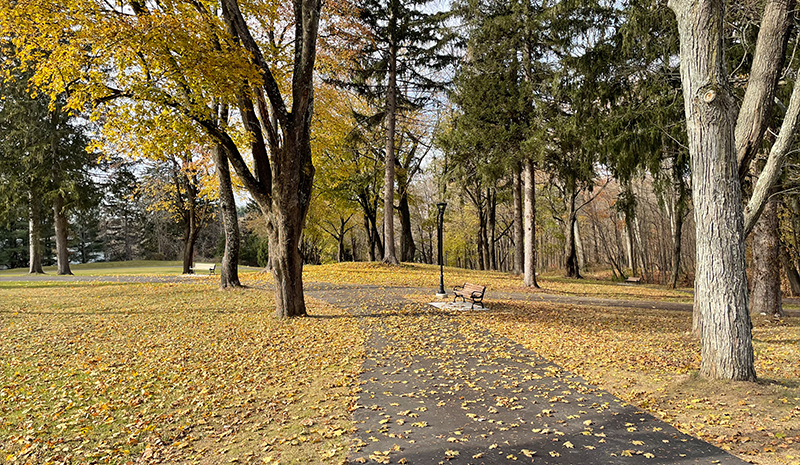
A public park in Millbrook now stands on the lands of the former Bennett College, forever preserved by the Dutchess Land Conservancy.
Read More
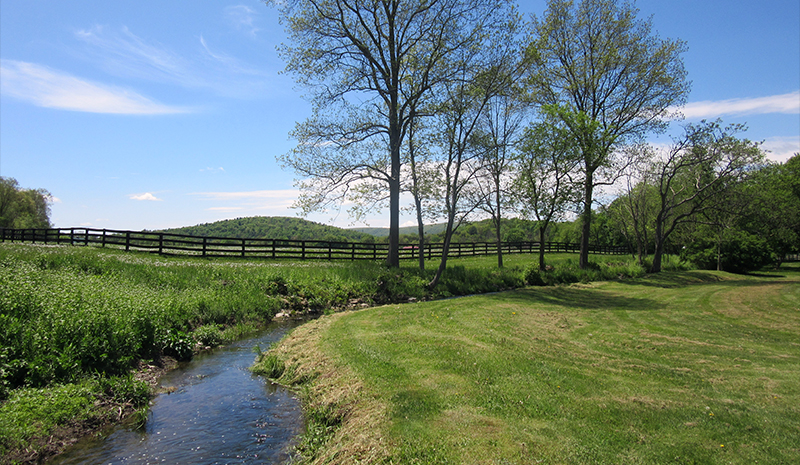 In 2018, after a career that spanned twenty-one starts, Mind Your Biscuits retired as the all-time New York-bred earning horse. The thoroughbred raced at some of horse racing’s greatest venues – Belmont Park, Churchhill Downs, Saratoga – to a record of seven wins, eight seconds, and three thirds. A quick sprinter, Mind Your Biscuits won three New York-bred titles from 2016 to 2018 and is widely regarded as one of the best-ever short-distance racers. This stellar champion’s life began on March 14, 2013 right here in Dutchess County when he was foaled at Cedar Ridge Farm in Pine Plains.
In 2018, after a career that spanned twenty-one starts, Mind Your Biscuits retired as the all-time New York-bred earning horse. The thoroughbred raced at some of horse racing’s greatest venues – Belmont Park, Churchhill Downs, Saratoga – to a record of seven wins, eight seconds, and three thirds. A quick sprinter, Mind Your Biscuits won three New York-bred titles from 2016 to 2018 and is widely regarded as one of the best-ever short-distance racers. This stellar champion’s life began on March 14, 2013 right here in Dutchess County when he was foaled at Cedar Ridge Farm in Pine Plains.
Read More
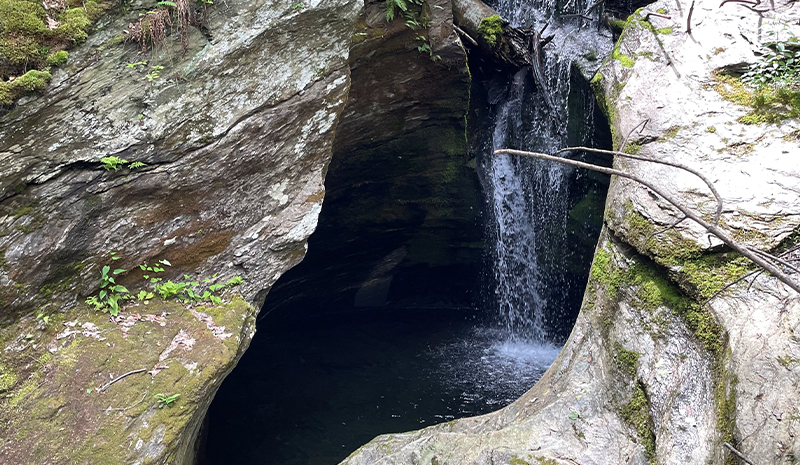
The DLC expands the beloved Dover Stone Church Preserve with the addition of the Seven Wells property.
Read More
While her property is first and foremost considered a farm to owner Betsy Speeter, the DLC became aware that the property constitutes 25 percent of the Village of Pine Plain’s designated wellhead protection zone. It was clear that this land, with its nearly 40 acres of wetlands that play a crucial role in water quality protection, should be preserved. Development of the land in the wrong way could lead to potential pollution of the Village’s water system.
Read More
How the Farmer-Landowner Match Program is increasing awareness and options for landowners and farmers.
by Karin Roux
When people talk about what makes them feel connected to this area, they invariably speak of the landscape, especially a love for the open farmland that lies distinctly nestled between forests, wetlands, mountains, and rivers. Whether used as pasture for cattle or horses, corn or hay fields, vegetable rows or fruit orchards, these open farm fields create the distinctive and beloved patchwork landscape of the Dutchess County that we all know and love. But, speak to anyone who has known the county for a decade or more, and you will also hear a growing concern that there are fewer farm fields, and fewer fields which actually produce food.
Read More

 In 2018, after a career that spanned twenty-one starts, Mind Your Biscuits retired as the all-time New York-bred earning horse. The thoroughbred raced at some of horse racing’s greatest venues – Belmont Park, Churchhill Downs, Saratoga – to a record of seven wins, eight seconds, and three thirds. A quick sprinter, Mind Your Biscuits won three New York-bred titles from 2016 to 2018 and is widely regarded as one of the best-ever short-distance racers. This stellar champion’s life began on March 14, 2013 right here in Dutchess County when he was foaled at Cedar Ridge Farm in Pine Plains.
In 2018, after a career that spanned twenty-one starts, Mind Your Biscuits retired as the all-time New York-bred earning horse. The thoroughbred raced at some of horse racing’s greatest venues – Belmont Park, Churchhill Downs, Saratoga – to a record of seven wins, eight seconds, and three thirds. A quick sprinter, Mind Your Biscuits won three New York-bred titles from 2016 to 2018 and is widely regarded as one of the best-ever short-distance racers. This stellar champion’s life began on March 14, 2013 right here in Dutchess County when he was foaled at Cedar Ridge Farm in Pine Plains. The DLC expands the beloved Dover Stone Church Preserve with the addition of the Seven Wells property.
The DLC expands the beloved Dover Stone Church Preserve with the addition of the Seven Wells property.


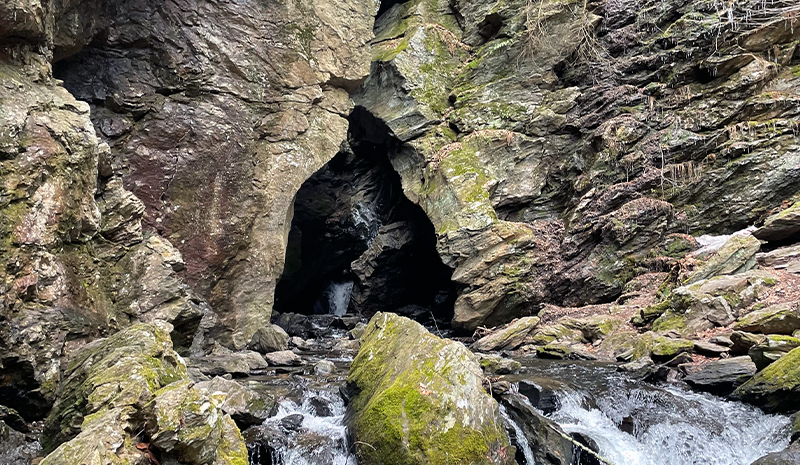
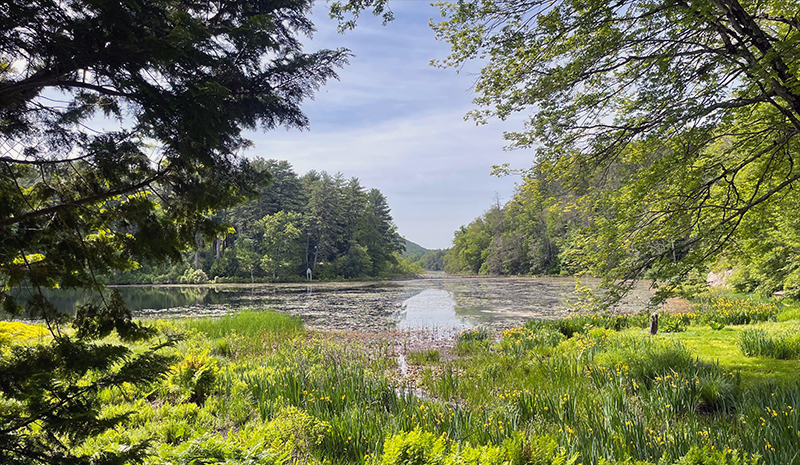
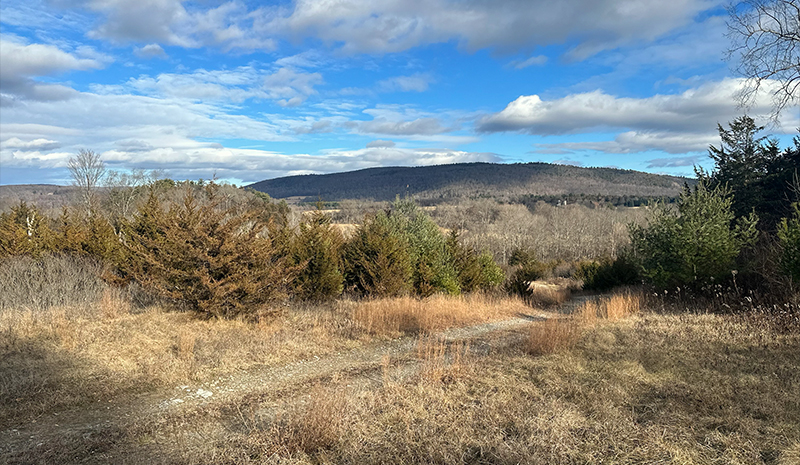
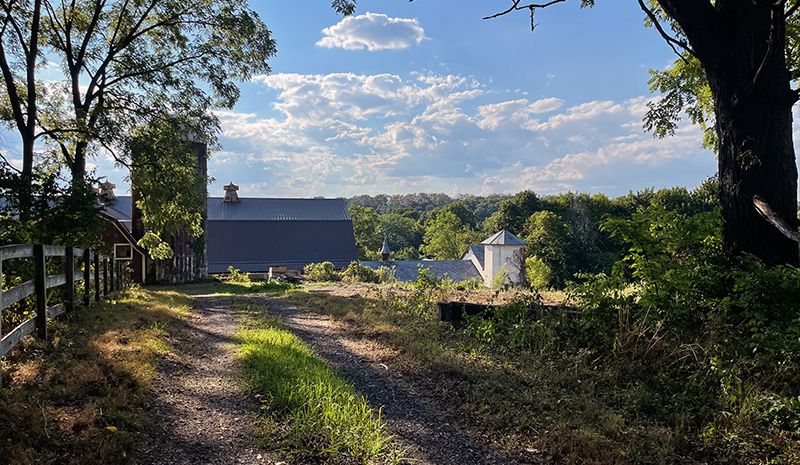
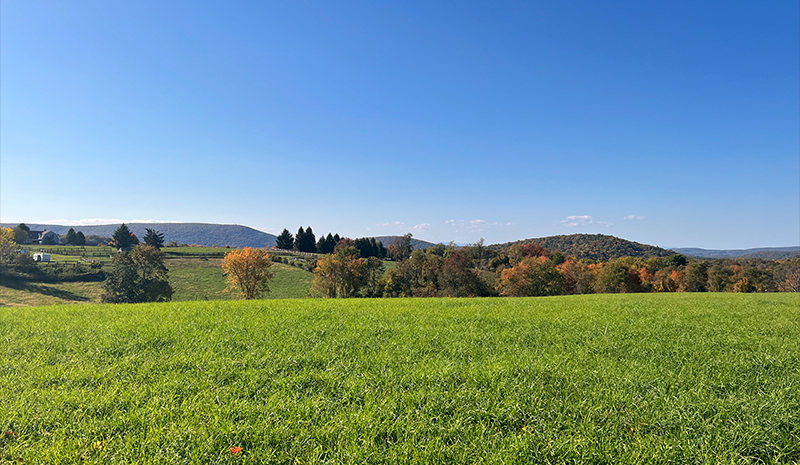
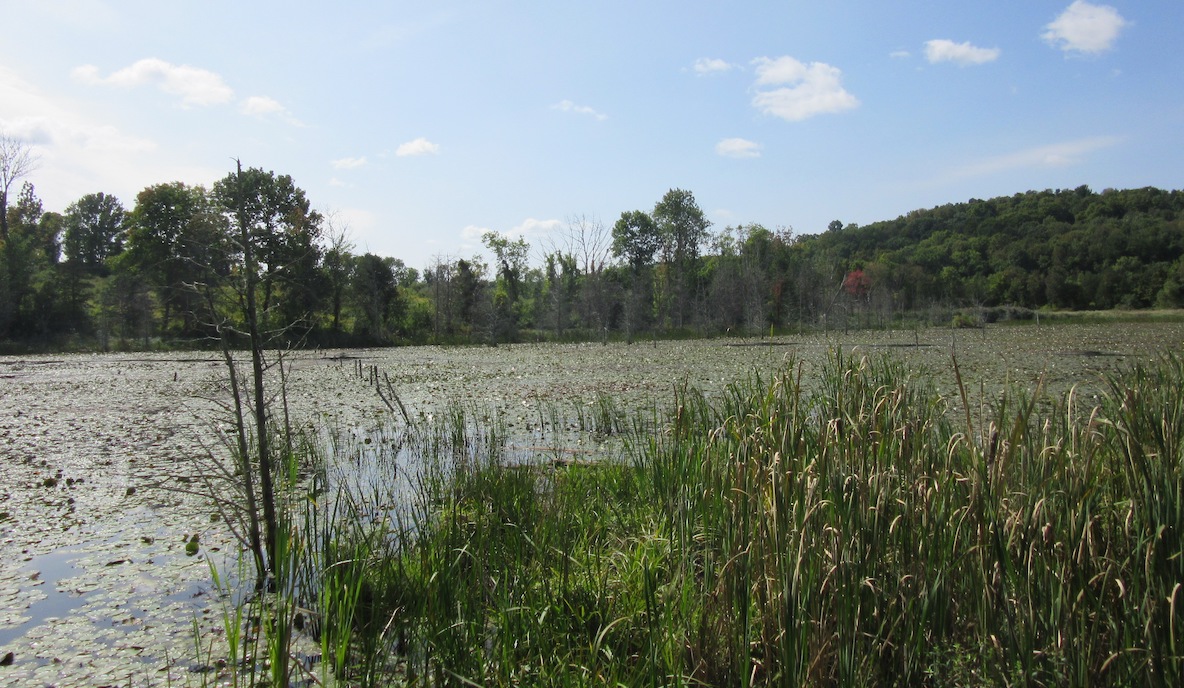
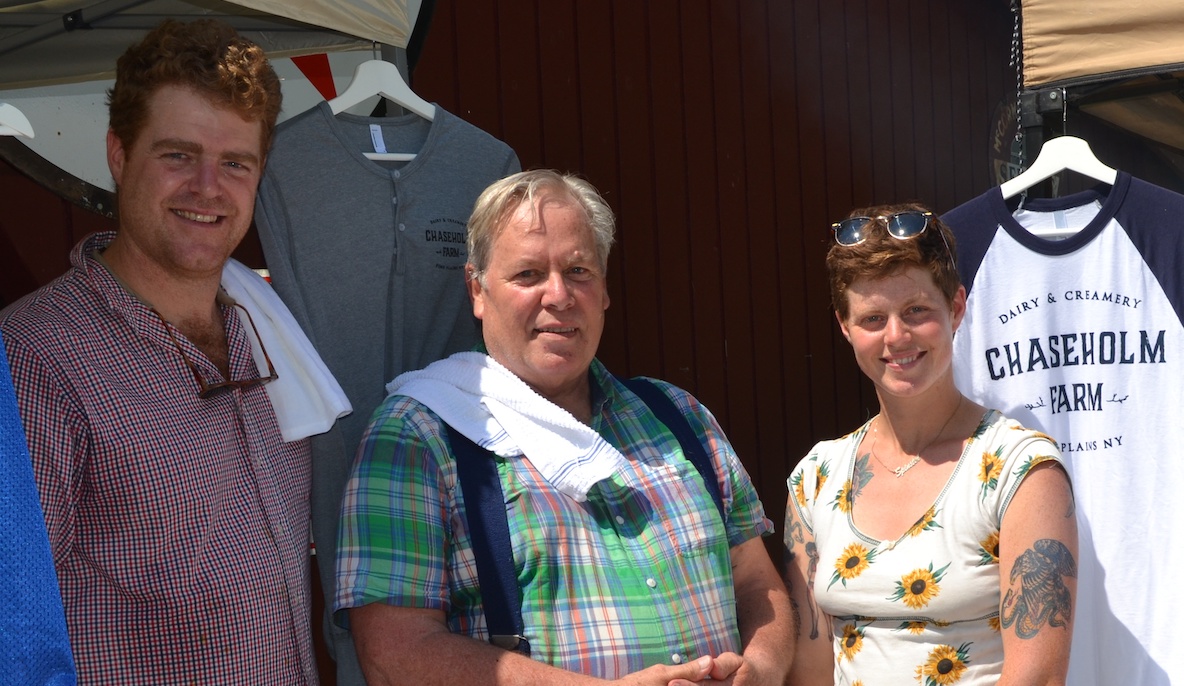
 © Dutchess Land Conservancy. All Rights Reserved.
© Dutchess Land Conservancy. All Rights Reserved.








